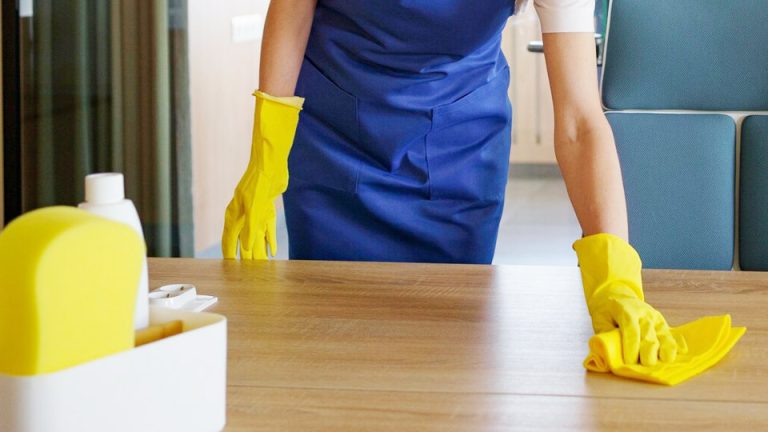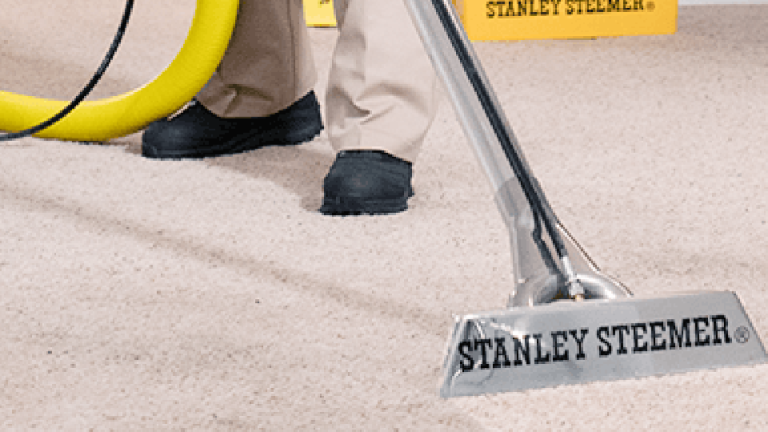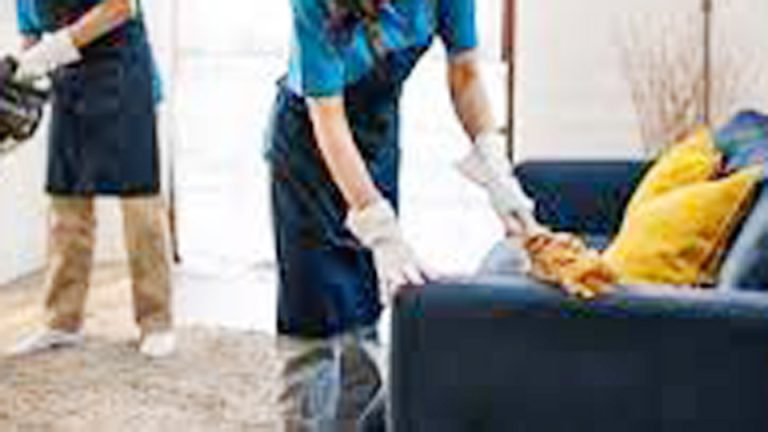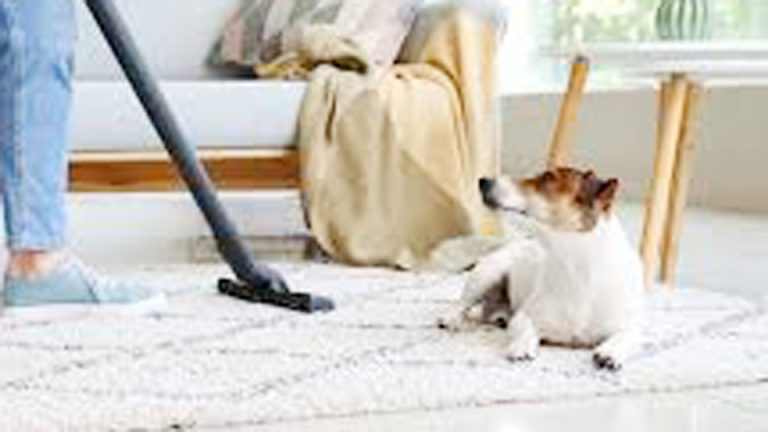As a home cleaning enthusiast who’s spent years perfecting ways to keep my living space fresh, I know how much clean air can transform a home. Between cooking odors, pet dander from my dog Max, and the stuffiness that creeps in during rainy weeks, maintaining good air quality is a constant priority.
Learning how to keep air clean in your home became a passion project after I noticed my allergies acting up in my own house. Through trial and error, I’ve developed simple, effective methods to banish pollutants and keep the air fresh.

Image by treehugger
I’ll share my step-by-step strategies, personal tips, and real-life stories to help you create a healthier home environment, whether you’re a busy mom or a working professional. Let’s dive in and make your home’s air as clean as it deserves to be!
Why Clean Air Matters in Your Home
I first realized the importance of clean air when Max’s shedding left my living room feeling dusty and my nose constantly stuffy. Indoor air can be filled with pollutants like dust, pet dander, pollen, mold spores, and cooking odors, which can trigger allergies or make your home feel less inviting. Poor air quality can also affect your mood and health, especially in homes with kids or pets.
I’ve found that simple habits and natural solutions can dramatically improve air quality without breaking the bank. Let’s explore my favorite ways to keep your home’s air fresh and clean.
Understanding Indoor Air Pollutants
Before we start, let’s talk about what’s floating around in your home’s air. I’ve dealt with all sorts of culprits in my house:
- Dust and Dust Mites: These settle on surfaces and get stirred up by movement.
- Pet Dander: Max’s fur is a constant battle, especially during shedding season.
- Pollen: Tracked in from outside, it’s a nightmare for allergy sufferers like me.
- Cooking Odors: Frying fish or garlic can linger for days.
- Mold and Mildew: Common in humid areas like bathrooms.
- Volatile Organic Compounds (VOCs): From cleaning products or paints, these can irritate lungs.
Knowing what you’re up against helps you choose the right cleaning methods to keep your air clean.
Gathering Your Air-Cleaning Supplies
To keep your home’s air clean, you’ll need a few tools and ingredients. I keep these in my cleaning caddy for quick access. Here’s what I use:
- Vacuum with HEPA filter: Traps tiny particles like dust and dander.
- Microfiber cloths: For dust-free wiping.
- Baking soda: A natural odor absorber.
- Essential oils (optional): Lavender or eucalyptus for freshening air.
- Air purifier (optional): For extra filtration in high-traffic rooms.
- Mop and bucket: For cleaning floors to reduce dust.
- Washable mats: To trap dirt at entryways.
- Plants (optional): For natural air purification.
- Fan or open windows: To improve ventilation.
These items are affordable and make a big difference in air quality.
Regular Dusting to Reduce Airborne Particles
Dusting is my first line of defense against dirty air. I learned this after noticing how much dust settled on my bookshelves during a busy week. Here’s how I do it:
Dust with Microfiber Cloths
I use damp microfiber cloths to trap dust rather than stir it into the air. I wipe surfaces like shelves, tables, and window sills weekly, focusing on corners where dust collects. For high surfaces, like ceiling fans, I use a microfiber cloth on an extendable pole. I once skipped dusting for a month, and my allergies went haywire—regular dusting is key!
Vacuum Soft Surfaces
I vacuum upholstery, curtains, and rugs weekly with a HEPA-filter vacuum to suck up dust and dander. For curtains, I use a brush attachment to avoid pulling fabric. This made a huge difference in my living room after Max’s shedding season.
Rinse and Repeat
I rinse my microfiber cloths frequently during dusting to avoid spreading dirt. After dusting, I shake them out outside and wash them to keep them clean. This keeps dust from resettling in the air.
Vacuuming and Mopping Floors
Floors are a major source of dust and dander, so I keep them clean to improve air quality. Here’s my approach:
Vacuum Thoroughly
I vacuum all floors weekly with a HEPA-filter vacuum, focusing on corners, under furniture, and high-traffic areas. For rugs, I go over each spot twice to grab embedded dirt. I once found a layer of pet hair under my couch that was making my air stuffy—vacuuming fixed it.
Mop Hard Floors
For hardwood, laminate, or tile, I mop weekly with a simple solution of 1 tablespoon dish soap in a gallon of warm water. I wring my microfiber mop thoroughly to avoid over-wetting, which can stir up dust or cause mold. I dry the floor with a microfiber towel to prevent watermarks. This keeps my kitchen floor dust-free and the air cleaner.
Use Mats at Entryways
I place washable mats at all entryways to trap dirt and pollen. I shake them out weekly and wash them monthly. My front door mat has saved my floors from countless muddy paw prints.
Improving Ventilation
Good ventilation is a game-changer for clean air. I learned this during a humid summer when my home felt stuffy. Here’s how I keep air moving:
Open Windows
I open windows for 10-15 minutes daily, weather permitting, to let fresh air in and push stale air out. I do this in the morning when pollen counts are lower to avoid allergies. It’s amazing how much fresher my home feels after a quick airing out.
Use Fans
I use ceiling or portable fans to circulate air, especially in rooms with poor airflow. In my bathroom, a fan helps prevent mold by reducing humidity. I once noticed a musty smell disappear after running a fan for a few hours.
Check Vents and Filters
I clean air vents monthly with a vacuum brush attachment to remove dust. I also replace HVAC filters every 3 months—or more often during shedding season—to keep air flowing cleanly. This made a big difference in my bedroom’s air quality.
Neutralizing Odors Naturally
Cooking odors and pet smells can make air feel heavy. I use natural solutions to keep things fresh. Here’s how:
Sprinkle Baking Soda
I sprinkle baking soda on carpets, rugs, and upholstery, let it sit for 15 minutes, then vacuum it up. This absorbs odors like a champ. I used this after cooking garlic-heavy stir-fry, and the smell was gone by morning.
DIY Air Freshener Spray
In a spray bottle, I mix 1 cup water with 10 drops of lavender or eucalyptus essential oil. I spritz it lightly in rooms to freshen the air. It’s perfect for my living room after Max lounges on the couch all day.
Simmer Potpourri
For a cozy touch, I simmer a pot of water with citrus peels, cinnamon sticks, and cloves on the stove. It fills my kitchen with a warm, clean scent without overwhelming the air.
Using Plants to Purify Air
I love adding plants to my home for both beauty and air-cleaning benefits. Here’s how I use them:
Choose Air-Purifying Plants
I keep plants like spider plants, peace lilies, and snake plants in my home. They’re low-maintenance and help filter pollutants. My peace lily in the living room not only looks great but also keeps the air fresher.
Care for Plants Properly
I dust plant leaves monthly with a damp cloth to keep them clean and effective. I also avoid over-watering to prevent mold growth, which can worsen air quality. My spider plant thrives in indirect light and makes my bedroom feel fresher.
Place Strategically
I place plants in high-traffic areas like the living room or near windows for maximum air-cleaning benefits. I noticed a difference in my home’s air after adding a few plants to my space.
Maintaining Appliances to Prevent Mold and Odors
Appliances like refrigerators and dishwashers can harbor odors and mold, affecting air quality. Here’s how I keep them clean:
Clean the Refrigerator
I wipe down fridge shelves monthly with a solution of 1 tablespoon dish soap in a quart of warm water. For odors, I place a bowl of baking soda inside and replace it monthly. This keeps my kitchen air fresh.
Maintain the Dishwasher
I run an empty dishwasher cycle monthly with a cup of baking soda to clean and deodorize it. I also wipe the door seal with a damp cloth to prevent mold. This stopped a musty smell that was creeping into my kitchen.
Check Air Conditioners
I clean AC filters monthly with warm water and dish soap to remove dust. This ensures clean air circulation and prevents moldy odors, especially in summer.
Comparing Air-Cleaning Methods
I’ve tried various methods to keep my home’s air clean, and each has its strengths. Here’s a table comparing my favorites:
| Method | Tools/Ingredients | Pros | Cons | Best For |
|---|---|---|---|---|
| Dusting with Microfiber | Microfiber cloths | Traps dust, reduces airborne particles | Time-consuming for large homes | All rooms, weekly cleaning |
| Vacuuming with HEPA | HEPA-filter vacuum | Removes dust and dander, improves air quality | Requires a good vacuum, can be noisy | Carpets, rugs, upholstery |
| Ventilation | Windows, fans | Free, effective, refreshes air quickly | Not ideal in high-pollen seasons or bad weather | Daily air refresh |
| Baking Soda Odor Absorber | Baking soda | Cheap, natural, neutralizes odors | Needs vacuuming, not for immediate freshening | Carpets, upholstery, odors |
| Air-Purifying Plants | Plants | Natural, decorative, long-term air cleaning | Requires maintenance, slow-acting | Living rooms, bedrooms |
Dusting and vacuuming are my go-to for immediate results, while plants and ventilation are great for ongoing air quality.
Room-Specific Tips for Clean Air
Different rooms have unique needs. Here’s how I keep air clean in my home:
Kitchen
Cooking odors are common, so I use baking soda and simmer potpourri. I also clean appliances regularly to prevent grease and mold buildup.
Living Room
Pet dander and dust collect here, so I vacuum upholstery and dust weekly. My spider plant helps keep the air fresh.
Bedroom
I focus on bedding, vacuuming mattresses monthly, and washing linens weekly. An air purifier in my bedroom has been a game-changer for allergies.
Bathroom
Humidity breeds mold, so I run a fan, clean vents, and wipe surfaces with dish soap solution weekly to keep air clean.
Preventing Poor Air Quality
Keeping air clean is easier with some preventative habits. Here’s what I do:
Regular Cleaning Schedule
I dust and vacuum weekly to prevent dust buildup. A quick 10-minute clean daily keeps air fresher.
Use Doormats
Washable doormats at entryways trap dirt and pollen. I shake mine out weekly and wash them monthly.
Control Humidity
I use a dehumidifier in my bathroom during humid months to prevent mold. Keeping humidity below 50% makes a big difference.
Limit Strong Chemicals
I avoid heavy chemical cleaners, opting for natural solutions like baking soda and dish soap to reduce VOCs in the air.
Extra Air-Cleaning Hacks I Love
Here are some tricks I’ve picked up to keep air clean:
- Baking Soda in Trash Cans: I sprinkle baking soda in trash cans to absorb odors before they spread.
- Essential Oil Diffuser: I use a diffuser with eucalyptus oil in my living room for a fresh, clean scent.
- Vacuum Vents with Brush Attachment: This quick trick removes dust from air vents, improving airflow.
You’re Ready to Breathe Easy!
Learning how to keep air clean in your home has transformed my space into a fresher, healthier haven, and I’m thrilled to share these tips with you. From dusting and vacuuming to using plants and natural odor absorbers, these methods have tackled every air quality challenge, from pet dander to cooking smells.
With my step-by-step guide, you can create a cleaner, more inviting home environment with confidence. Your home deserves to feel fresh and welcoming, and you’ve got the tools and know-how to make it happen.
Frequently Asked Questions
Can I use regular cloths instead of microfiber for dusting?
I prefer microfiber because it traps dust better than regular cloths, which can spread it into the air. Microfiber keeps your air cleaner.
How often should I vacuum to keep air clean?
I vacuum weekly with a HEPA-filter vacuum to remove dust and dander. High-traffic areas or homes with pets might need twice-weekly vacuuming.
Will plants alone keep my air clean?
Plants help purify air, but I combine them with dusting, vacuuming, and ventilation for best results. They’re a great addition but not a complete solution.
What if my home still smells after cleaning?
Lingering odors might mean hidden dust or mold. I sprinkle baking soda on carpets, vacuum thoroughly, and check appliances for mold buildup.




